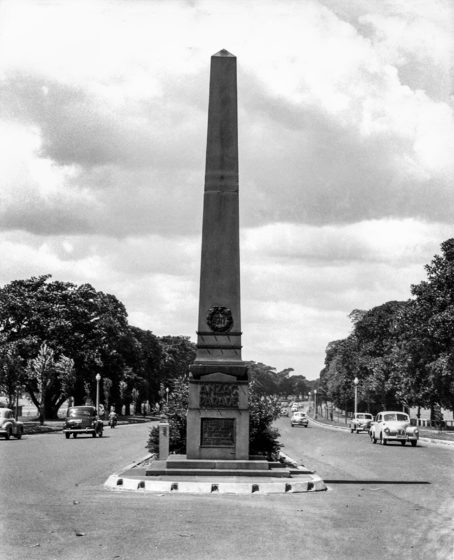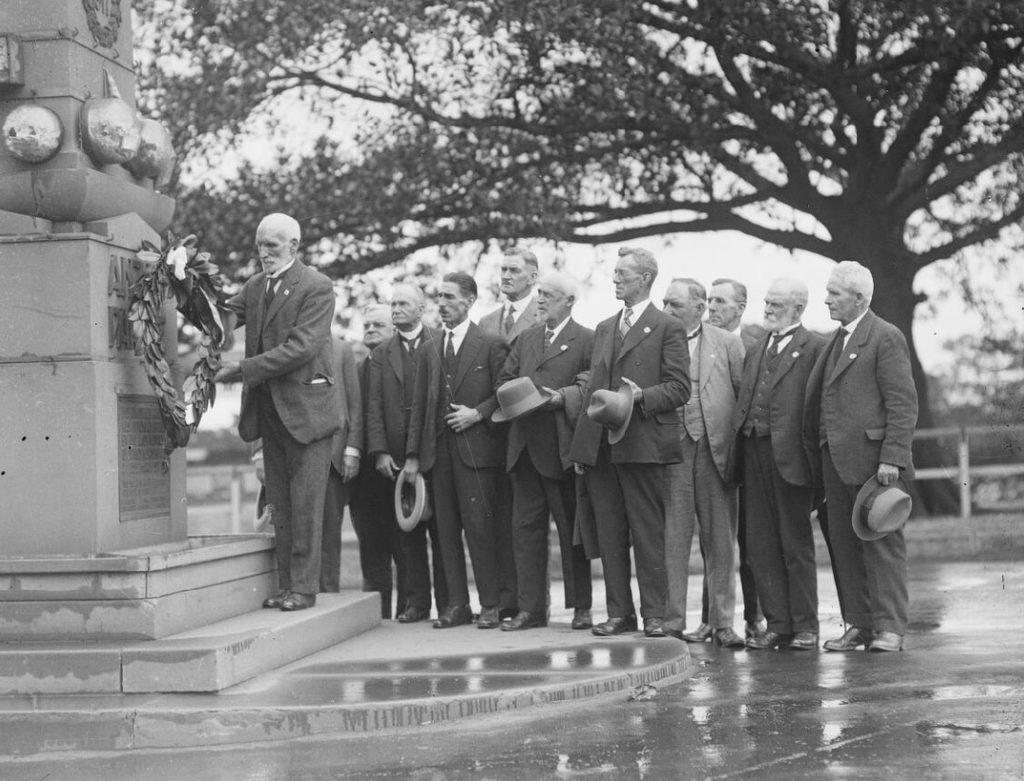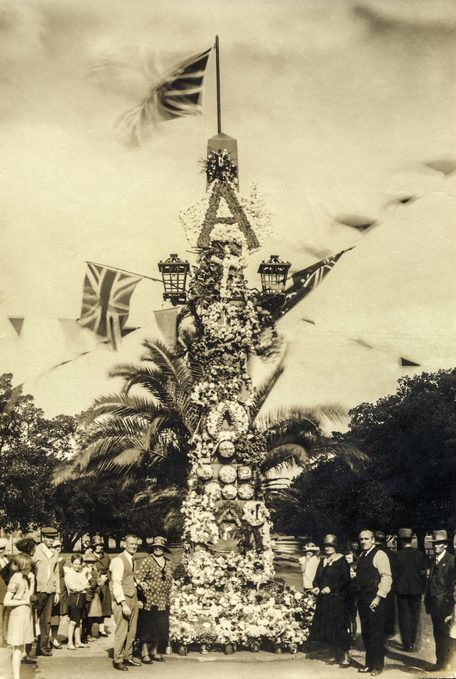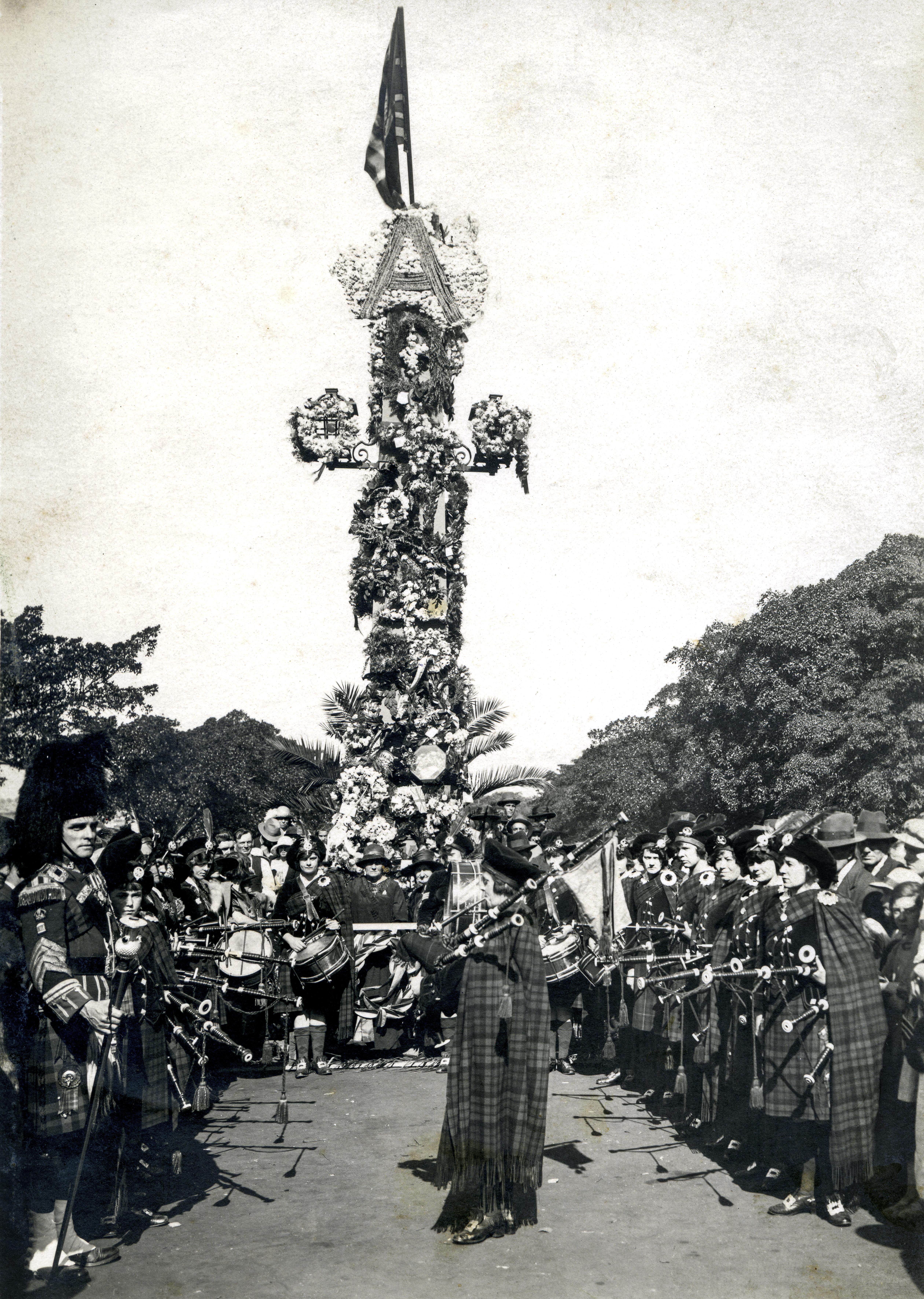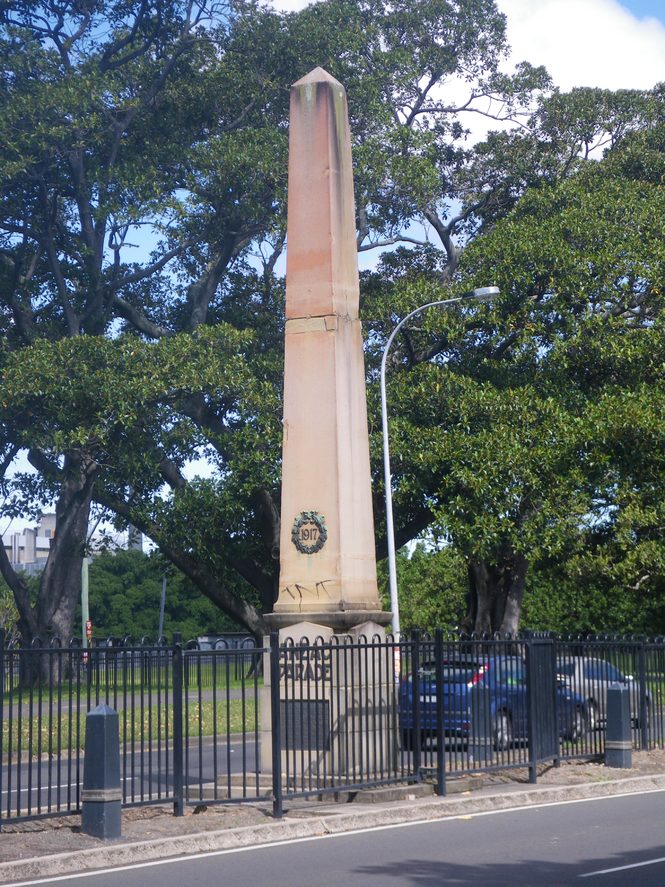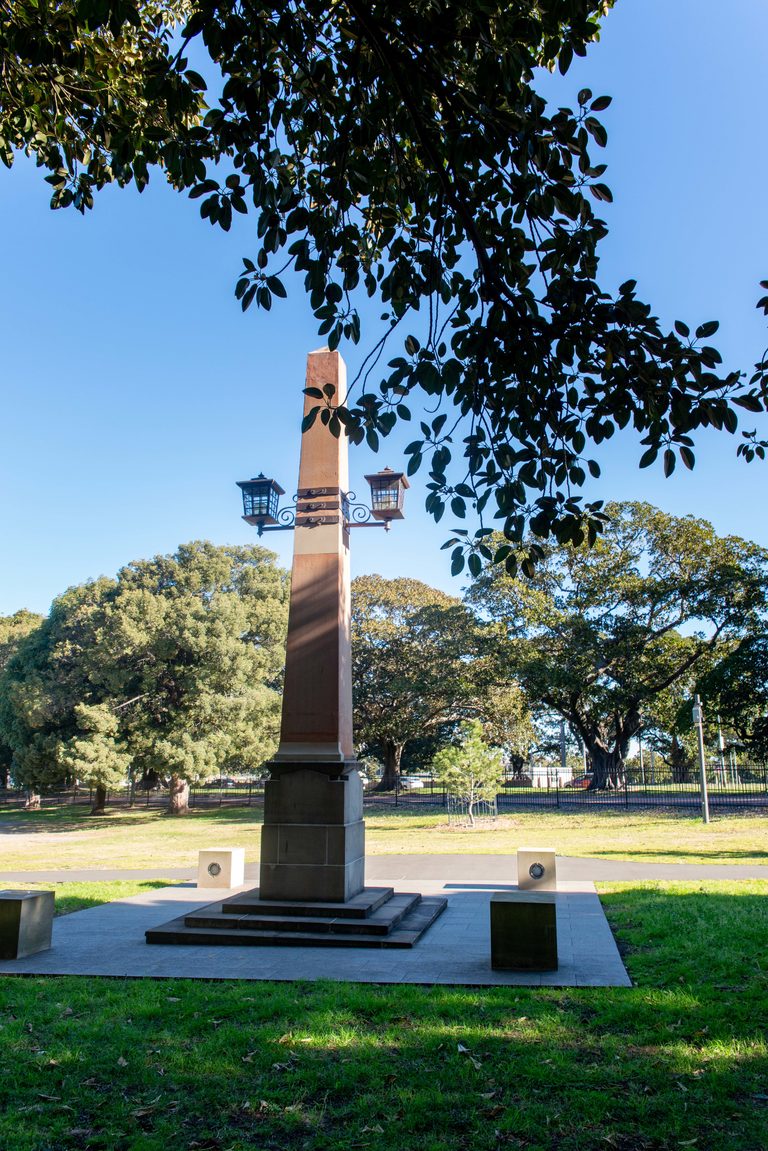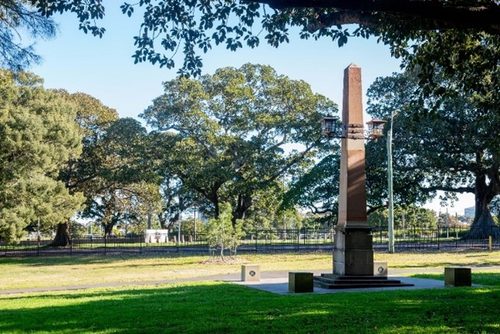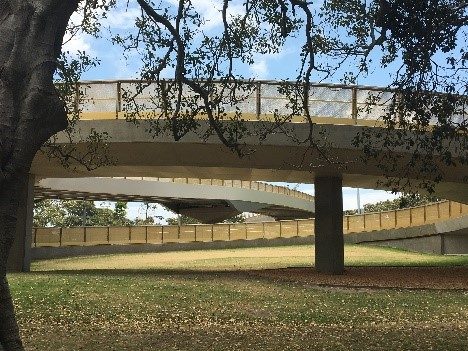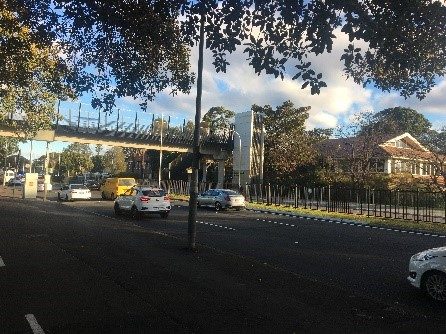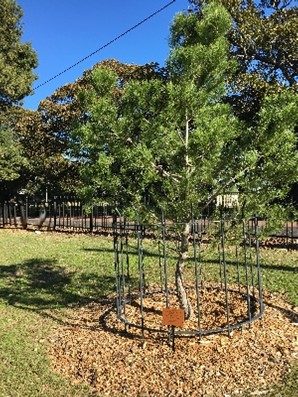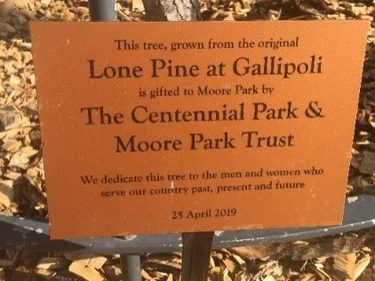In 1917, the Anzac Memorial Obelisk was constructed by Sydney City Council at the head of Randwick Road which had been widened and beautified with a central flower bed through the Moore Park precinct. The thoroughfare was renamed ‘Anzac Parade’ by the Lord Mayor of Sydney and opened in association with the dedication of the Anzac Memorial Obelisk to honour the ANZACs in the aftermath of the Gallipoli campaign.
‘The time appears opportune to allot a suitable name for the improved Randwick Road’ stated the
Lord Mayor… ’I suggest that it be called Anzac Parade…’ He thought that the council should give to its best
road the best name in the English language at the present time.
Source:
Trove. Daily Telegraph (Sydney NSW). 10 January, 1917.
It was proposed that the memorial route would eventually run to La Perouse.
There were already many trees lining Anzac Parade. When the road was redesigned along more formal lines,
the original trees were preserved and new ones planted as befitted a commemorative site.
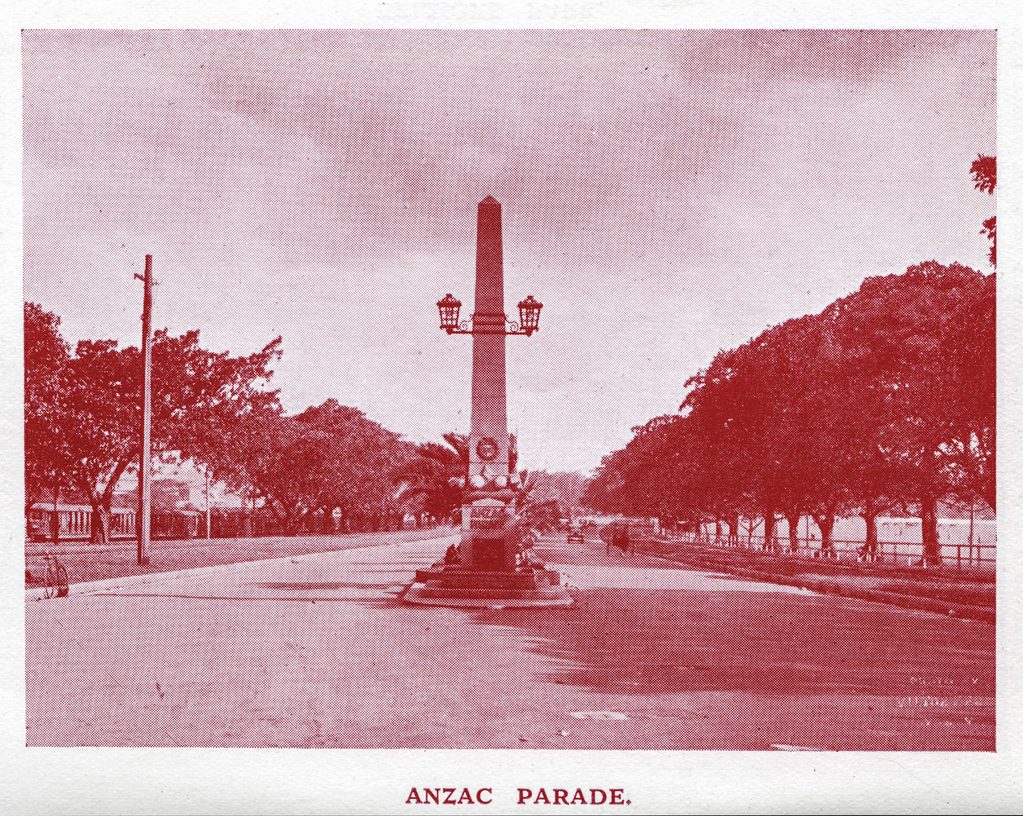
Source: City of Sydney, 1926
In February 2017, Randwick City Council resolved ‘… to endeavour to restore and recreate the
ANZAC Parade corridor as intended.’ A heritage study was commissioned and can be downloaded here:
Anzac Parade Heritage Assessment: A Military Themed Cultural Route
There are many other monuments along the length of Anzac Parade in memory of those who served and died in World War One as well as in World War Two and the Korean War. There are also many sites of significance which tell the stories of local events that took place before, during and after World War One. However, they are now largely forgotten.
It is hoped this site, which relates particularly to World War One, will help people appreciate the local history surrounding Anzac Parade. Such knowledge may help people relate more easily to the history of the war and to appreciate the implications for those who served overseas as well as the impact on families holding the fort at home.
The story of Anzac Parade is not the only forgotten story. There are far older ones which should not be forgotten either – most importantly, that of the Gadigal people on whose ancestral lands more recent events took place. The route had evolved from a network of ancient Gadigal pathways which in the 18th century were also used by Europeans who sailed into Botany Bay and ultimately established a colony in Port Jackson near what we now know as Circular Quay. The Europeans used the Gadigal’s paths to explore the area and then with constant use appropriated them, particularly those connecting Sydney’s back door (Botany Bay) with the principal settlement they established at Sydney Cove.
‘…. the desire to make sense of ourselves includes the need to place
ourselves into a narrative – of our own lives, our family histories and our cultural identities.’
Clark A (2006) Private lives, public history, Melbourne University Press, Melbourne, p.57.
The research on this website has been made possible with two grants from the NSW Veterans Affairs ANZAC COMMUNITY GRANTS PROGRAM. The first in 2018 and the second in 2021.
The section on the History of Moore Park is also featured in Stories of New South Wales War Memorials Register.
